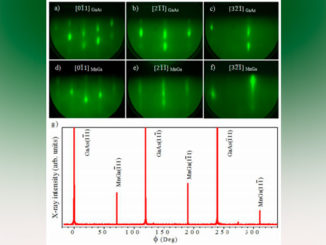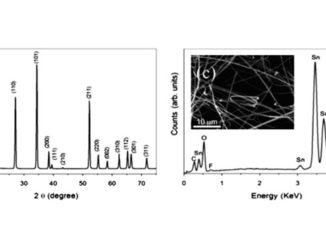
Writers: D. M. G. Leite, A. Batagin-Neto, O. Nunes-Neto, J. A. Gómez, C. F. O. Graeff
Keywords: magnetic; circuit; resonance
Abstract: The physics of electrically detected magnetic resonance (EDMR) quadrature spectra is investigated. An equivalent circuit model is proposed in order to retrieve crucial information in a variety of different situations. This model allows the discrimination and determination of spectroscopic parameters associated to distinct resonant spin lines responsible for the total signal. The model considers not just the electrical response of the sample but also features of the measuring circuit and their influence on the resulting spectral lines. As a consequence, from our model, it is possible to separate different regimes, which depend basically on the modulation frequency and the RC constant of the circuit. In what is called the high frequency regime, it is shown that the sign of the signal can be determined. Recent EDMR spectra from Alq3 based organic light emitting diodes, as well as from a-Si:H reported in the literature, were successfully fitted by the model. Accurate values of g-factor and linewidth of the resonant lines were obtained.




